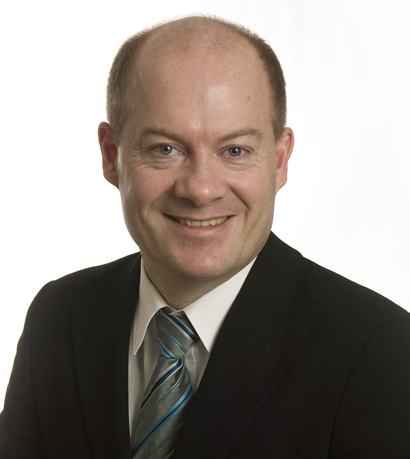The development and cost reductions of photovoltaics, windmills, and batteries are astonishing, and hold the promise of a clean and renewable energy future. NTNU and SINTEF carry out world-class research in these areas – in addition to 100 years of outstanding hydropower development that we also are celebrating today.
Picture: We must, however, be realistic about the scale of the efforts needed to mature CCS to a cost-effective technology. This is analogous to the efforts that brought down the cost of photovoltaics and wind power. (Photo: Shutterstock/Statoil)
However, energy supply is primarily based on fossil-fuels. This is by far the major source of climate gases. There are three ways to reduce the emissions: Energy efficiency, switching to non-fossil sources, and carbon capture and storage – CCS.
I am convinced that we need all three.
Furthermore, CCS is the only effective climate technology for production of concrete, steel, and other metals. And CCS is the only feasible technology to provide CO2 negative solutions to remove CO2 from the atmosphere by storing biogenic CO2. Therefore, CCS is critical for achieving the necessary change in time.
I have worked with CCS research since the 90s, and I have never been more convinced that CCS will become one of the most important climate technologies, to move us towards a sustainable, prosperous, and resilient world.
Work across borders and cut costs
We must, however, be realistic about the scale of the efforts needed to mature CCS to a cost-effective technology. This is analogous to the efforts that brought down the cost of photovoltaics and wind power. We need the same scale of efforts to drive CCS down the cost curve.
To succeed, we must work across borders. And that is what ECCSEL is all about: Sharing top quality research infrastructure to find the smartest, safest, cheapest ways to capture, transport, and store CO2.
Made possible with NTNU and SINTEF partnership
I have followed the ECCSEL project since its’ infancy: It was originally developed by SINTEF and proposed by SINTEF and NTNU on behalf of the Norwegian Government in 2007, and put on the official European Strategy Forum on Research Infrastructures (ESFRI) Roadmap in 2008. This project is a brilliant example of the unique NTNU and SINTEF partnership.
ECCSEL also demonstrates how the powerful collaboration between the industry, government, and research communities can solve a grand societal challenge. We need visionary politicians and brave government officers, opportunity seeking industry, and high quality research, for CCS to happen, which is the essence of the triple-helix concept.
Pan-European triple-helix cooperation
The ECCSEL infrastructure is a ground-breaking pan-European triple-helix cooperation. It is promising for the future of Europe, and the world, that such a project can be launched. I am deeply impressed with the visionary bravery – and endurance – demonstrated by the national governments and the European Union in making ECCSEL happen.
What is at the core of the Paris deal and CCS? It is about our children’s future. It is about making our planet a good place to live for the next generations.
This day – the opening of the ECCSEL infrastructure – is a crucial milestone in this endeavour, creating climate technology for a better society.









Comments
No comments yet. Be the first to comment!